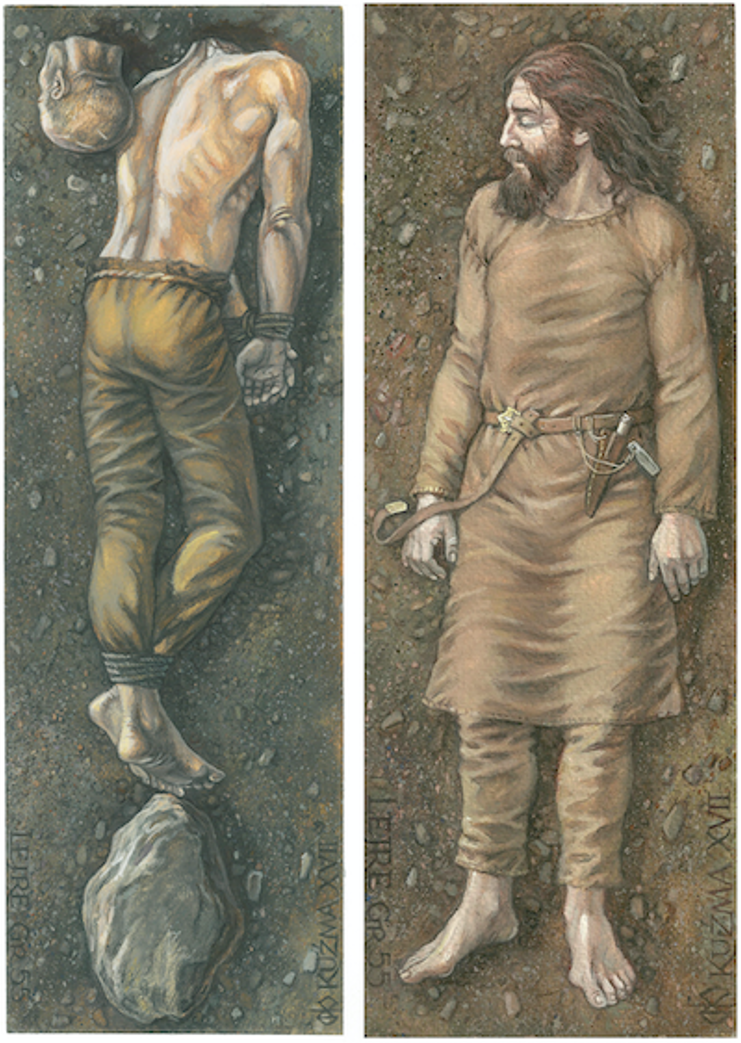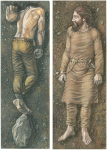Viking life ways: Exploring dimensions of social inequality in prehistoric Scandinavia
Today, it is widely acknowledged that the societies of the Viking Age (c. 750-1050) were strictly hierarchical. In traditional depictions of the period, the Scandinavian social hierarchy is often depicted as a fairly simplistic ‘pyramid’ comprising several well-defined classes. At the very top of this pyramid were the kings and their retiues, below which were the jarls and ordinary free-born farmers, and – at the bottom – a large class of thralls (ON þrællar). In the last thirty years or so, however, our understanding of prehistoric social structures and relationships has improved dramatically.
Bestilling
Informasjon
Foredrag
Tønsberg og Færder Bibliotek - Blackbox
Beskrivelse
Today, it is widely acknowledged that the societies of the Viking Age (c. 750-1050) were strictly hierarchical. In traditional depictions of the period, the Scandinavian social hierarchy is often depicted as a fairly simplistic ‘pyramid’ comprising several well-defined classes. At the very top of this pyramid were the kings and their retiues, below which were the jarls and ordinary free-born farmers, and – at the bottom – a large class of thralls (ON þrællar). In the last thirty years or so, however, our understanding of prehistoric social structures and relationships has improved dramatically. The boundaries separating various social classes have now been shown to have been fluid and dynamic, and the relationships that existed within and across social hierarchies were both negotiable and contested. Despite this, archaeological research has almost always focused solely on the lives of the elite. We still have little idea of how the lives of different social groups were structured, or how living conditions varied among higher- and lower-status members of society.
In this talk, I will explore how some of these relationships played out by examining evidence for social inequality among Viking-Age communities. By combining the study of skeletal remains with that of archaeological materials and textual sources, it is possible to identify how the daily lives of different social groups were shaped by unequal social conditions that were intentionally constructed and maintained across generations.
Ben Raffield is an Associate Professor at Uppsala University where he is currently investigating slave raiding, trafficking, and exploitation in Viking-Age Scandinavia.
His other research interests include the archaeology of conflict, power and colonialism. These themes formed the basis of his PhD thesis, which investigated the archaeology of Scandinavian occupied England during the 9th and 10th centuries AD. Ben's interest in conflict extends to multiple periods and cultures.
Ben Raffiels participating in other projects related to his interests in conflict archaeology. These include the Peleliu Archaeological Survey, the aim of which is to identify and record archaeological sites and finds related to the the conflict that took place on the island in 1944, during Operation Stalemate II.






